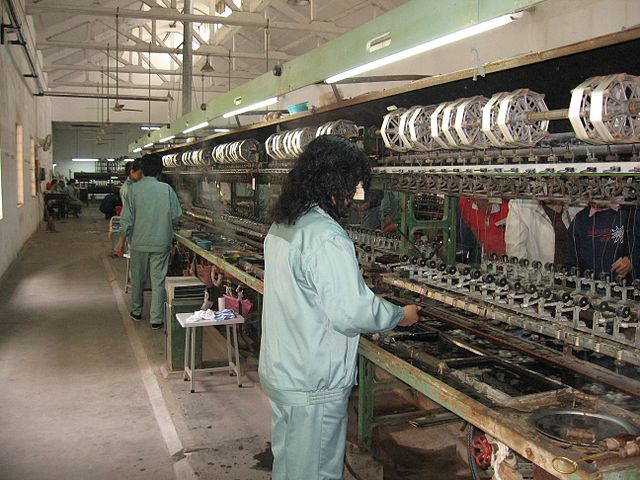 Growth in Asia-Pacific’s developing economies for 2016 and 2017 will remain solid as firm performances from South Asia, East Asia, and Southeast Asia help offset softness from the U.S. economy and near-term market shocks from the Brexit vote, says a new Asian Development Bank (ADB) report.
Growth in Asia-Pacific’s developing economies for 2016 and 2017 will remain solid as firm performances from South Asia, East Asia, and Southeast Asia help offset softness from the U.S. economy and near-term market shocks from the Brexit vote, says a new Asian Development Bank (ADB) report.
In a supplement to its Asian Development Outlook 2016 report, released last March, ADB now forecasts 2016 growth for the developing economies at 5.6%, below its previous projection of 5.7%. For 2017, growth is seen unchanged at 5.7%.
“Although the Brexit vote has affected developing Asia’s currency and stock markets, its impact on the real economy in the short term is expected to be small,” said Shang-Jin Wei, ADB’s chief economist. “However, in light of the tepid growth prospects in the major industrial economies, policy makers should remain vigilant and be prepared to respond to external shocks to ensure growth in the region remains robust.”
Growth in 2016 and 2017, the report notes, is led by South Asia, and India in particular, which continues to expand strongly, while China is on track to meet earlier growth projections.
In East Asia, despite muted activity in Hong Kong, China, and South Korea, growth forecasts are unchanged at 5.7% in 2016 and 5.6% in 2017, with the world’s second largest economy, China, on track to meet projected growth of 6.5% in 2016 and 6.3% in 2017.
South Asia, meanwhile, is expected to be the fastest growing subregion, led by India, whose economy has shrugged off global headwinds and is on track to meet ADB’s March fiscal year 2016 (year to March 2017) projected growth target of 7.4%, supported by brisk consumer spending and an uptick in the rural economy. In Pakistan, further improvements in energy supply, higher infrastructure investments, and an improved security environment will help push up growth in 2016 and 2017, the report said. The Bangladesh economy will remain robust on the strength of its garments sector.
In Southeast Asia, growth projections for the subregion in 2016 and 2017 remain unchanged at 4.5% and 4.8%, with solid performances by most economies in the first half of 2016 driven by private consumption. The exception was Vietnam, where the economy came under pressure from a worsening drought that caused a contraction in the agriculture sector.
Continued soft commodity prices and the recession in the Russian Federation have further dampened the growth outlook for Central Asia, with the earlier 2016 forecast of 2.1% trimmed to 1.7%, and 2017 cut to 2.7% from 2.8%. The slump in revenues from hydrocarbon exports are affecting fiscal consolidation efforts in Azerbaijan, Kazakhstan, Turkmenistan, and Uzbekistan, while lower remittances, particularly from the Russian Federation, continue to hurt domestic consumption in the subregion.
In the Pacific, growth for 2016 is expected to moderate to 3.9% in 2016 from 7.1% in 2015, with the Fijian economy reeling from Cyclone Winston. However there are some bright spots with stronger-than-expected tourism receipts aiding the Cook Islands and Samoa, while Vanuatu’s economy is being boosted by the rollout of post-cyclone reconstruction work and other major infrastructure projects.
Photo: see source





